Premium Only Content
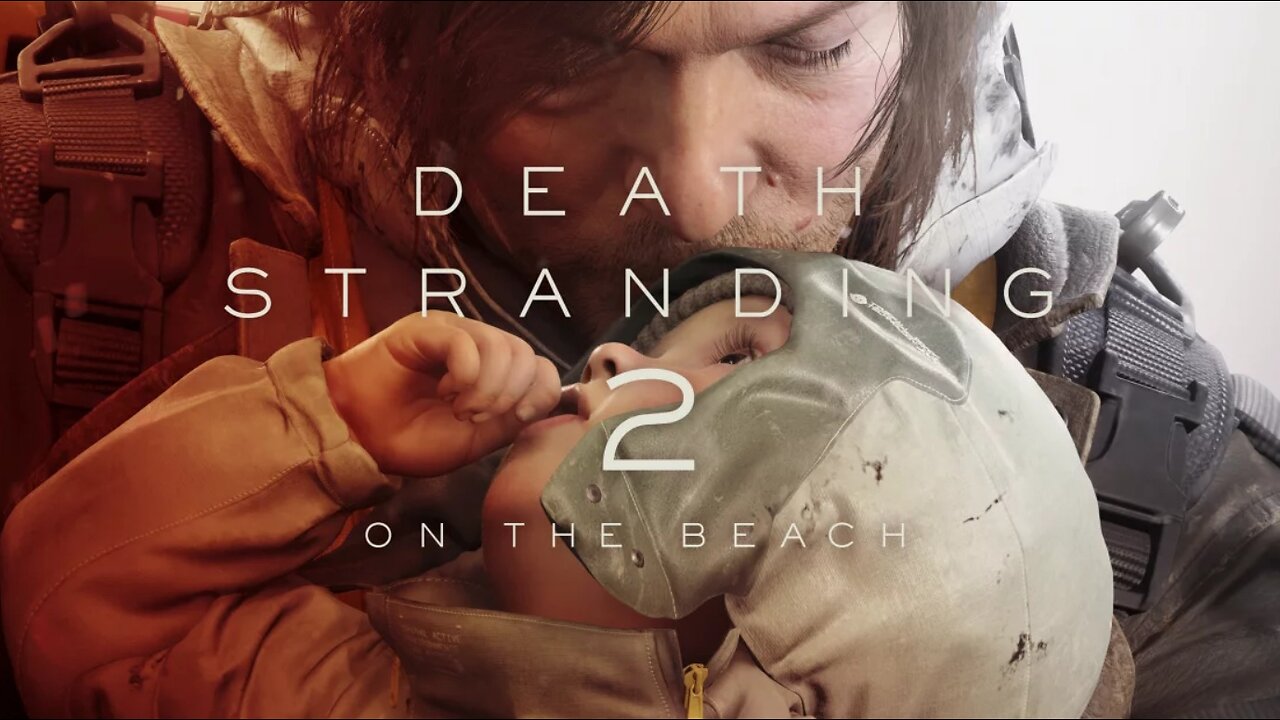
Death Stranding 2: On The Beach - Full Playthrough - Stream 1
#ps5 #gaming #deathstranding2onthebeach
10/10
At its core, Death Stranding 2: On the Beach continues the story of Sam Porter Bridges (Norman Reedus), the reluctant hero from the first game, in a post-apocalyptic world ravaged by the Death Stranding—a cataclysmic event that blurred the lines between life and death. Set years after the original, the sequel introduces a new mission: to connect isolated regions in Central America, specifically Mexico, to the Chiral Network, a system that facilitates communication and resource sharing. The narrative revolves around Sam’s journey with a new cast of characters, including Fragile (Léa Seydoux), Lou, Tomorrow (Elle Fanning), and new additions like Dollman (voiced by Nicolas Winding Refn) and Heartman (Darren Jacobs), under the guidance of a mysterious figure played by George Miller.
The story is dense, layered, and unapologetically Kojima. It explores themes of connection, grief, survival, and humanity’s relationship with technology and the afterlife. Unlike the first game, which was criticized for its slow pacing and heavy exposition, Death Stranding 2 is more emotionally engaging and better structured, according to outlets like Screen Rant and VGC. The narrative unfolds through cinematic cutscenes, environmental storytelling, and character interactions, with a stronger emphasis on personal stakes. Sam’s growth from a loner to a figure of hope is more pronounced, and his relationships—particularly with Fragile and Tomorrow—carry emotional weight that resonates with players who invest in the story.
However, the narrative remains divisive. GameSpot notes that it leans heavily on familiar beats from the first game, recycling themes of isolation and connection without always feeling fresh. Kojima’s signature style—long-winded dialogue, surreal imagery, and philosophical musings—can feel overwhelming or incoherent to some. Kotaku describes the story as “inscrutable,” suggesting that its blend of sci-fi, mysticism, and social commentary doesn’t always coalesce into a satisfying whole. For every player moved by its heartfelt moments, another may find the plot convoluted, with references to tar-based lifeforms, chiralium, and the “Beach” (a liminal space between life and death) feeling like intellectual overreach.
The inclusion of a high-profile cast adds gravitas but also highlights Kojima’s cinematic ambitions, sometimes at the expense of gameplay focus. George Miller’s character, for instance, is a narrative linchpin, but some reviewers (The Verge) argue that the star power overshadows subtler storytelling elements. Still, for fans of Kojima’s work, the narrative’s ambition—complete with meta-commentary on human connection in a digital age—is a highlight, even if it demands patience and an open mind.
Gameplay: Refinement Meets Experimentation
Death Stranding 2 retains the core Ditto: core “strand” gameplay—traversing treacherous terrain to deliver cargo and build infrastructure to connect isolated communities. However, the sequel significantly refines and expands these mechanics, addressing criticisms of the original while introducing new systems that enhance player agency and creativity.
Delivery and Traversal
The core loop remains: players control Sam as he hauls cargo across a sprawling, hazardous open world filled with BTs (supernatural entities), human enemies, and environmental challenges like rivers, mountains, and timefall (rain that accelerates aging). The sequel introduces new tools, such as advanced exosuits, drones, and modular vehicles, which make traversal more dynamic. IGN praises the “wackier” gadgets, like floating carriers and automated delivery systems, which add variety to missions. The terrain is more diverse, with Central American jungles, deserts, and ruins replacing the first game’s stark, rocky landscapes. This variety keeps exploration visually engaging, though Game Informer notes that navigating uneven terrain can still feel “fiddly” at times, with Sam’s movement occasionally clunky despite improvements.
The balance system—managing Sam’s weight and center of gravity—has been streamlined, making it less punishing but still central to the experience. Players must strategize load distribution, using tools like ladders, ropes, and new “spider-like” drones to navigate obstacles. The asynchronous multiplayer features, where players share structures like bridges or ziplines, are expanded, fostering a sense of community. VGC highlights how building a network of ziplines across the map feels rewarding, as players collaboratively transform hostile terrain into a connected world.
Combat and Stealth
Combat, a weak point in the original, is markedly improved. Drawing inspiration from Metal Gear Solid V, Death Stranding 2 offers smoother gunplay, non-lethal options like bola guns, and stealth mechanics that feel more intuitive.
-
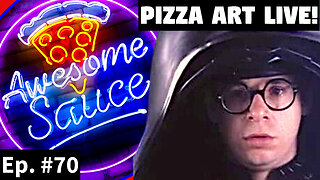 5:31:43
5:31:43
EricJohnPizzaArtist
4 days agoAwesome Sauce PIZZA ART LIVE Ep. #70: Movie Night featuring Dark Helmet!
43.9K8 -
 2:06:00
2:06:00
Joker Effect
4 hours agoMASSIVE UPDATES ON MY CHANNEL... what does 2026 look like? CHATTIN WITH WVAGABOND (The Captain).
26.6K2 -
 2:24:34
2:24:34
vivafrei
16 hours agoEp. 292: Bondi's Betrayal & Comey Judge Caught Lying! Crooks Acted Alone? Judicia Activism & MORE!
206K170 -
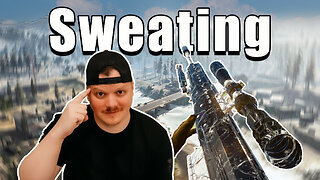 8:06:14
8:06:14
GritsGG
9 hours ago#1 Most Warzone Wins 4015+!
144K2 -
 5:14:53
5:14:53
Due Dissidence
13 hours agoTrump SMITTEN By Mamdani, MTG RESIGNS, Hurwitz DOUBLES DOWN on CENSORSHIP, RFK Jr "Poetry" EXPOSED
38.9K32 -
 39:40
39:40
Tactical Advisor
10 hours agoUnboxing New Tactical Packs | Vault Room Live Stream 046
76.9K6 -
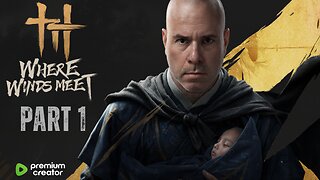 3:30:58
3:30:58
elwolfpr
8 hours agoElWolfPRX Enters the Storm: First Winds
21.5K -
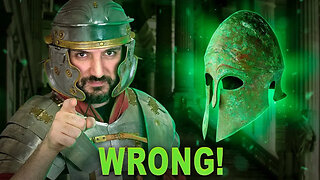 14:59
14:59
MetatronHistory
1 day agoAncient Bronze Was Not the Way You Think
45.1K16 -
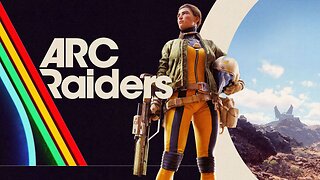 LIVE
LIVE
Misfit Electronic Gaming
9 hours ago $1.32 earned"LIVE" WolfPack hunting "ARC RAIDERS" Come Hang out with me.
50 watching -
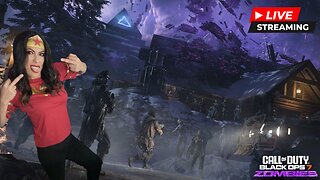 5:36:21
5:36:21
DeadMomAlive
12 hours agoSuper Hero Sundays Wonder Woman! BIRTHDAY WEEK!!!!!
29.6K2